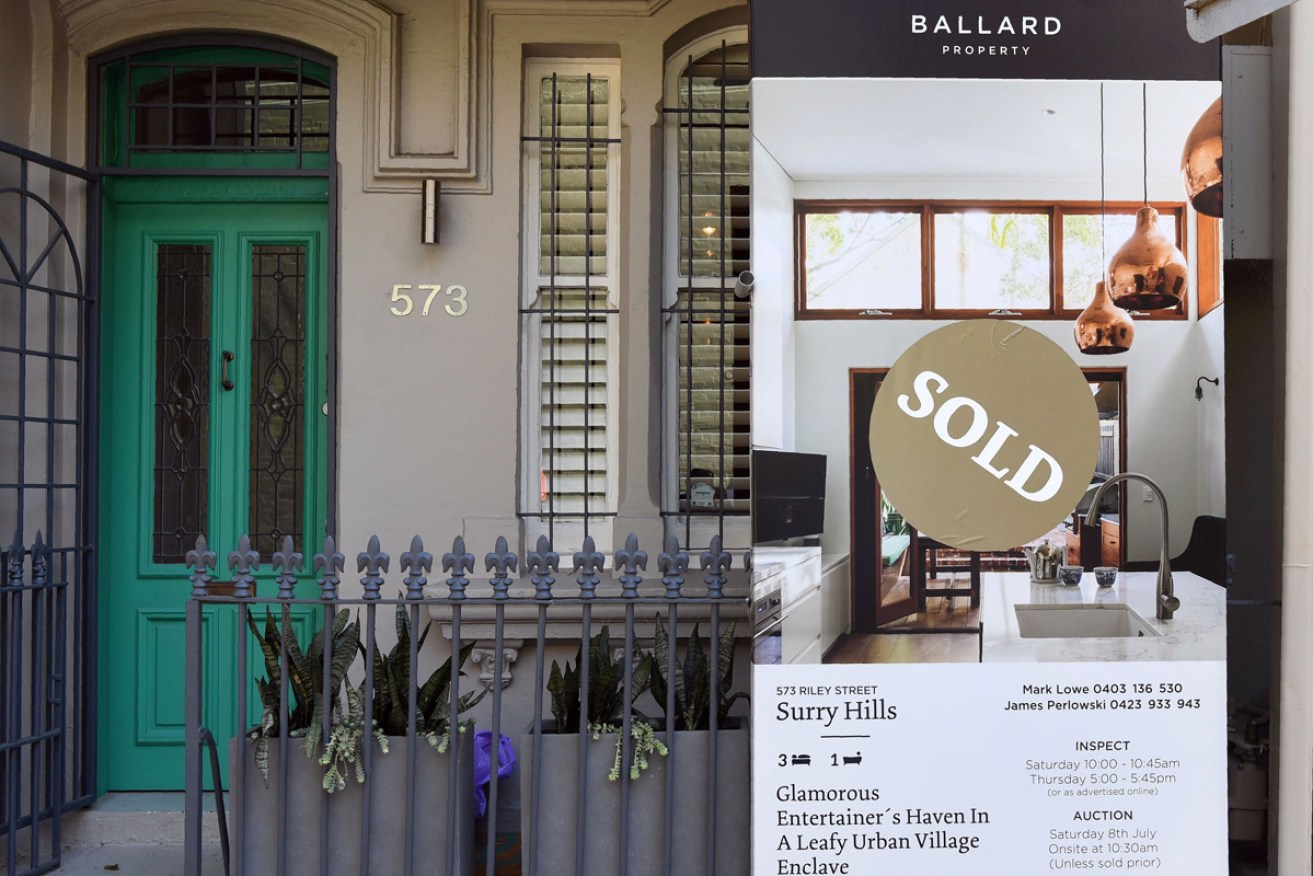Household debt historically high, but experts say don’t panic


The Reserve Bank says the outlook is better for property than it had previously thought. Photo: Getty
Australia is facing a perfect storm of record household debt and falling property values. But some experts are reassuring the nation that the economy isn’t about to fall in a heap.
Australia’s household-debt-to-disposable-income ratio sits at 188.6 per cent, significantly higher than the 160 per cent during the GFC, while experiencing a property downturn in which prices are on track to experience the biggest slump in decades.
In addition, more than two-thirds of the country’s net household wealth is invested in real estate and 60 per cent of all lending by Australia financial institutions is in the property sector.
Assistant governor of the Reserve Bank, Michele Bullock, admitted to property developers on Wednesday that these weaknesses in our economy had become “a little more highlighted” in the past five months since the release of the RBA’s last financial stability report.

The RBA puts household debt to disposable income at 188.6 per cent. Graph: RBA
But while our household debt is at an historical high, Ms Bullock said the majority of Australians were managing well and it (the debt) would not fuel any financial instability.
“This is not to downplay the financial stress that some households are experiencing, but most of the debt remains well secured against property, even with the decline in housing prices,” she said.
Total repayments as a share of income have remained steady, while many households have built up a substantial overpayment reserve, Ms Bullock said.
“Broadly, the debt is held by households that can afford to service it,” she said, adding that banks remain well capitalised and that arrears remain low.
The big picture
Chief economist at Ernst & Young Jo Masters says that on paper the high debt and falling house prices look bad, but they need to be considered in a broader context.
“If you’re talking about debt and house prices, you need to look at in context,” she told The New Daily.
“Whilst there have been a lot of headlines saying ‘Biggest house price fall in decades’, we also had one of the biggest property price rises. The average house price is just heading back to 2015 levels.

While falling house prices look bad, you have to look at them in context. Graph: RBA
“It’s a little bit the same with household debt. It’s risen substantially and it’s high by international standards, but we have seen net household wealth rise. The ability to service debt is high because interest rates are low and it’s very manageable.”
While consumer confidence has softened, with noticeable falls in sales of big-ticket items such as cars, a strong labour market has helped create a positive outlook.
“We’ve had falling house prices, but the labour market has remained strong. Consumer confidence has come off a bit, but didn’t collapse,” Ms Masters said.
“The strength of the labour market has been bolstering household incomes. Job creation has been important in offsetting the falls in terms of consumer sentiments.”
Stay calm and carry on
Deloitte economist Nicki Hutley says when watching the trends in the housing market we should stay “alert but not alarmed”.
“We should certainly never be complacent. But overly worrying can become a self-fulfilling prophecy – we can talk ourselves into an economic slump. There are clearly risks to the Australian economy and we’ve had an unfortunate share of climate events that are not helping.
“But there are a number of factors that are pushing the economy up the hill – strong jobs growth, construction outside the housing sector, especially infrastructure, firm commodity prices, and good trade outcomes. And, of course, the budget is going to put more money back into the economy.”

A strong labour market has helped create a positive outlook. Photo: Getty
The message to remain calm is being backed by Australia’s Council of Financial Regulators, which released its quarterly statement on Wednesday.
The report described the downturn as “orderly” and stated that tighter lending standards meant many Australians were in a good position.
“The improvement in banks’ lending standards, including a lower share of high loan-to-valuation-ratio lending, means that households and lenders generally are less vulnerable to falling housing prices than in the past,” it said.
“Despite historically high household debt, signs of financial stress remain relatively contained given a strong labour market and low interest rates.”








